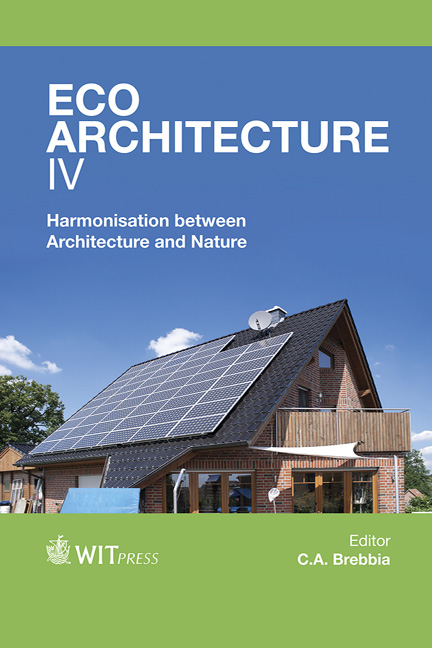Passive And Active Hybrid Approach To Building Design In Saudi Arabia
Price
Free (open access)
Transaction
Volume
165
Pages
12
Page Range
163 - 174
Published
2013
Size
706 kb
Paper DOI
10.2495/ARC120151
Copyright
WIT Press
Author(s)
M. S. Almatawa, A. A. Elmualim & E. A. Essah
Abstract
The building sector is one of the highest consumers of energy in the world. This has led to high dependency on using fossil fuel to supply energy without due consideration to its environmental impact. Saudi Arabia has been through rapid development accompanied by population growth, which in turn has increased the demand for construction. However, this fast development has been met without considering sustainable building design. General design practices rely on using international design approaches and features without considering the local climate and aspects of traditional passive design. This is by constructing buildings with a large amount of glass fully exposed to solar radiation. The aim of this paper is to investigate the development of sustainability in passive design and vernacular architecture. Furthermore, it compares them with current building in Saudi Arabia in terms of making the most of the climate. Moreover, it will explore the most sustainable renewable energy that can be used to reduce the environmental impact on modern building in Saudi Arabia. This will be carried out using case studies demonstrating the performance of vernacular design in Saudi Arabia and thus its benefits in terms of environmental, economic and social sustainability. It argues that the adoption of a hybrid approach can improve the energy efficiency as well as reduce the carbon footprint of buildings. This is by combining passive design, learning from the vernacular architecture and implementing innovative sustainable technologies. Keywords: climate, environmental impact, passive design, renewable energy, Saudi Arabia, sustainability, vernacular architecture.
Keywords
climate, environmental impact, passive design, renewable energy, Saudi Arabia, sustainability, vernacular architecture





